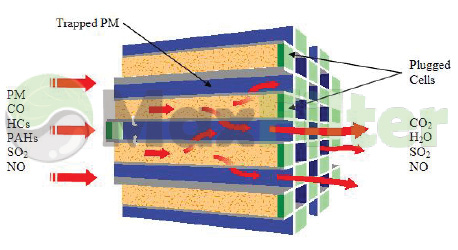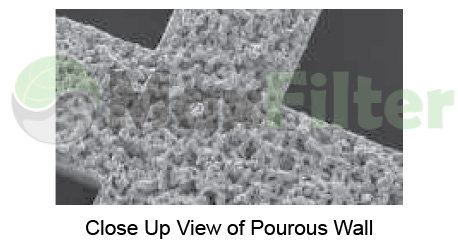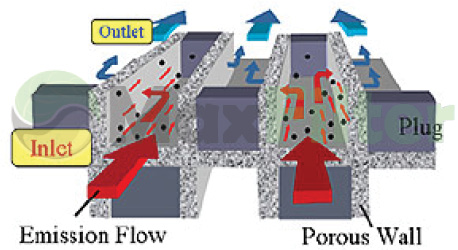×Account confirmation is required. Please, check your email for the confirmation link.
First name is required!
Last name is required!
First name is not valid!
Last name is not valid!
This is not an email address!
Email address is required!
This email is already registered!
Password is required!
Enter a valid password!
Please enter 6 or more characters!
Please enter 16 or less characters!
Passwords are not same!
Terms and Conditions are required!
Email or Password is wrong!
Understanding Your Diesel Particulate Filter
Diesel Particulate Filters are an EPA requirement on class 5 or higher diesel powered trucks, model year 2007 and newer. A DPF is designed to control emissions by trapping the particulate matter within a filter. In essence, your DPF acts as a garbage can for your exhaust system. The particulate filter removes soot particles from the exhaust by passing the exhaust gases through a ceramic wall flow filter. Solid soot particles are then trapped on or in the ceramic filter wall.
There are 200 cells per square inch inside the filter, with each cell measuring 3/64" square. This continues throughout the depth of the filter. The cells create a large porous surface area to trap any material entering the filter. Soot can be trapped along the edge of the wall or anywhere with the "sponge" like structure.


How The Diesel Particulate Filter Works:
On a modern filter, the air will pass through a catalyst prior to entering the particulate filter. This catalyst oxidizes the air prior to entering the diesel particulate filter. The inlet cells on the DPF are plugged at the opposite end. The plug forces air to pass through the porous wall, which removes particles larger than 5 microns, the thickness of the human hair. After the air is forced through the porous wall, the clean air exits the filter through outlet cells, which are plugged on the inlet end.

The build up of particle matter (soot) left behind eventually causes back pressure. This back pressure signals the filter needs cleaning and begins the regeneration process. At this point the truck places raw fuel on the face of the catalyst, oxidizes the fuel, creating heat and turning the soot into ash. The ash is contained within the filter until it is ultimately baked out and cleaned properly.
What Is In Diesel Exhaust:
The soot from diesel fuel itself can be 100% regenerated, leaving no ash. Unfortunately, there are additives in our fuel, lubricants in our oil, and engine wear metals in diesel exhaust. Particles like this cannot be completely regenerated, leaving ash in your diesel particulate filter.
Follow this link to learn more about DPF cleaning in Iowa.
Images provided by Max Filters.







